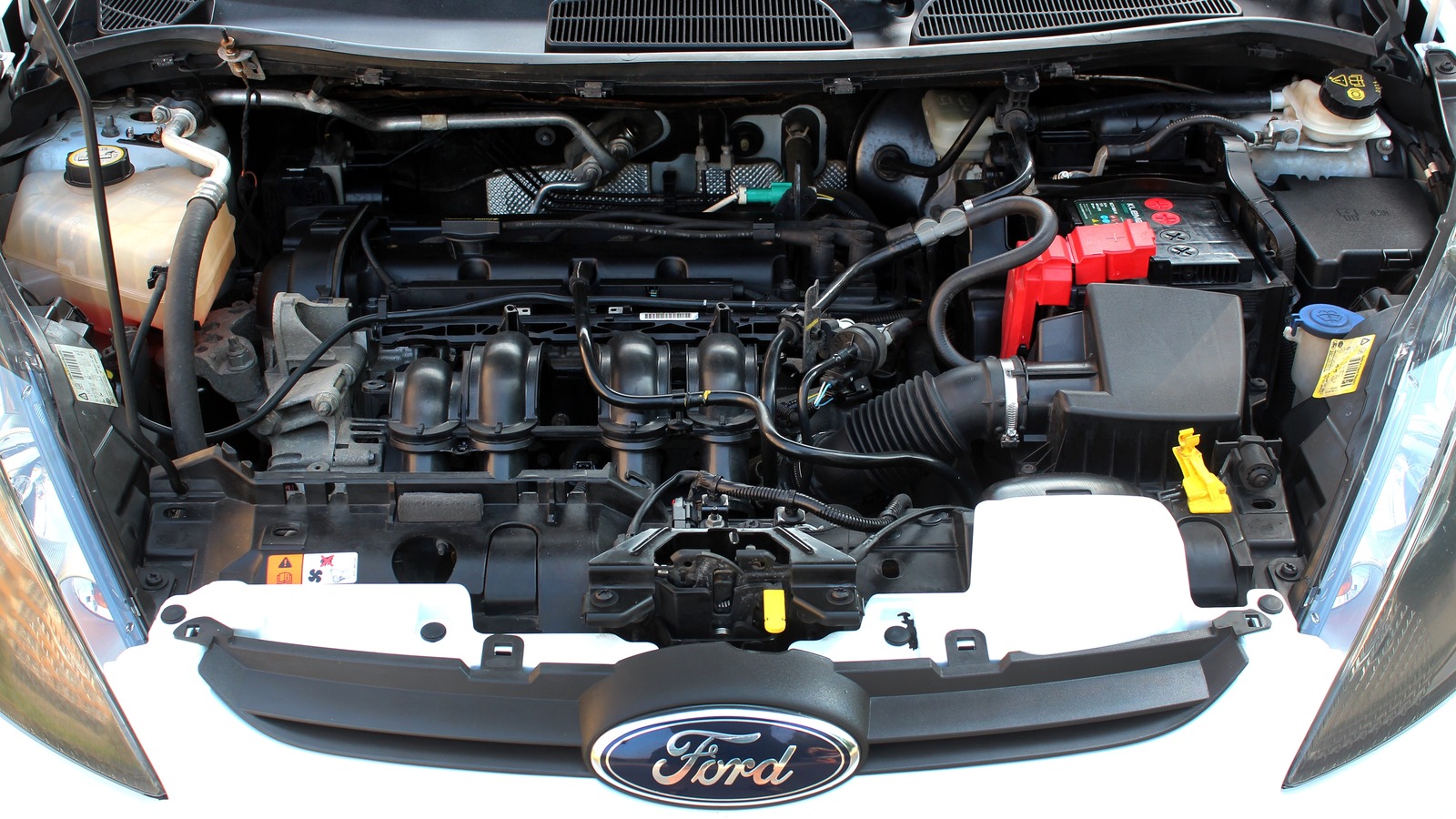| COMPONENT LOCATION |

| GENERAL DESCRIPTION |
The cruise control system keeps the vehicle running at a fixed speed until a signal canceling this fixed speed is received. When the ECM receives a signal from the CC control switch, the ECM controls the ETS motor to hold the vehicle at the current speed. The same circuit between the switches and the ECM is used for all switch functions. As a switch is pressed, the voltage changes on the signal wire. While the system is operating, the “CRUISE” indicator lamp in the instrument cluster lights up.
| DTC DESCRIPTION |
If the swich signal’s voltage is not within the calibrated ranges when ECM checks the switch signal under detecting condition, ECM sets P0564.
| DTC DETECTING CONDITION |
| Item | Detecting Condition | Possible cause | ||||||||||
| DTC Strategy |
|
| ||||||||||
| Enable Conditions |
| |||||||||||
| Threshold value |
| |||||||||||
| Diagnosis Time |
| |||||||||||
| MIL On Condition |
|
| SPECIFICATION |
| Item | Resistance(Ω) |
| ON/OFF switch | 3.9 kΩ ± 5% |
| SET switch | 220 Ω ± 5% |
| RESUME switch | 910 Ω ± 5% |
| CANCEL switch | 0 Ω ± 5% |
| DIAGNOSTIC CIRCUIT DIAGRAM |

| MONITOR GDS DATA |
| 1. | Connect GDS to Data Link Connector(DLC). |
| 2. | IG “ON”. |
| 3. | Select “DTC” button, and then Press “DTC Status” to check DTC’s information from the DTCs menu. |
| 4. | Read “DTC Status” parameter.
|
| 5. | Is parameter displayed “Present fault”?
|
| TERMINAL AND CONNECTOR INSPECTION |
| 1. | Many malfunctions in the electrical system are caused by poor harness and terminals. Faults can also be caused by interference from other electrical systems, and mechanical or chemical damage.. |
| 2. | Thoroughly check connectors for looseness, poor connection, bending, corrosion, contamination, deterioration, or damage. |
| 3. | Has a problem been found?
|
| POWER CIRCUIT INSPECTION |
| ■ Check voltage |
| 1. | IG “OFF” and disconnect Cruise switch connector. |
| 2. | IG “ON” |
| 3. | Measure voltage between power terminal of Cruise switch harness connector and chassis ground.
|
| 4. | Is the measured voltage within specification ?
|
| SIGNAL CIRCUIT INSPECTION |
| ■ Check voltage |
| 1. | IG “OFF” and disconnect Cruise switch connector. |
| 2. | IG “ON” |
| 3. | Measure voltage between signal terminal of Cruise switch harness connector and chassis ground.
|
| 4. | Is the measured voltage within specification ?
|
| ■ Check short in harness |
| 1. | IG “OFF” and disconnect Cruise switch connector and ECM connector. |
| 2. | Measure resistance between signal and power terminals of Cruise switch harness connector. |
| 3. | Measure resistance between signal and ground terminals of Cruise switch harness connector.
|
| 4. | Is the measured resistance within specification ?
|
| ■ Check open in harness |
| 1. | IG “OFF” and disconnect Cruise switch connector and ECM connector. |
| 2. | Measure resistance between signal terminal of Cruise switch harness connector and cruise signal terminal of ECM harness connector.
|
| 3. | Is the measured resistance within specification ?
|
| COMPONENT INSPECTION |
| ■ Check auto cruise switch |
| 1. | IG “OFF” and disconnect Cruise switch connector. |
| 2. | Measure resistance between signal and ground terminals of Cruise switch connector with ‘RESUME’ switch depressed.(Component side) |
| 3. | Measure resistance between signal and ground terminals of Cruise remocon connector with each switch depressed.(Component side) Specification :
|
| 4. | Is the measured resistance within specification ?
|











Comments are closed